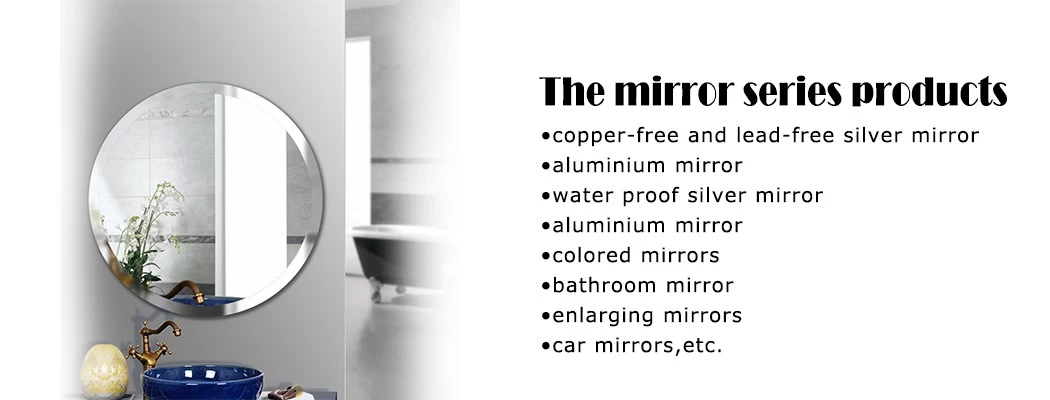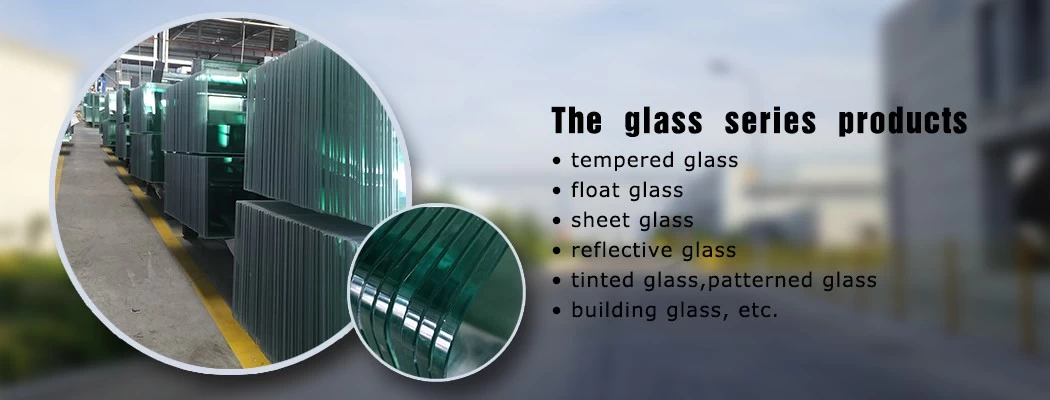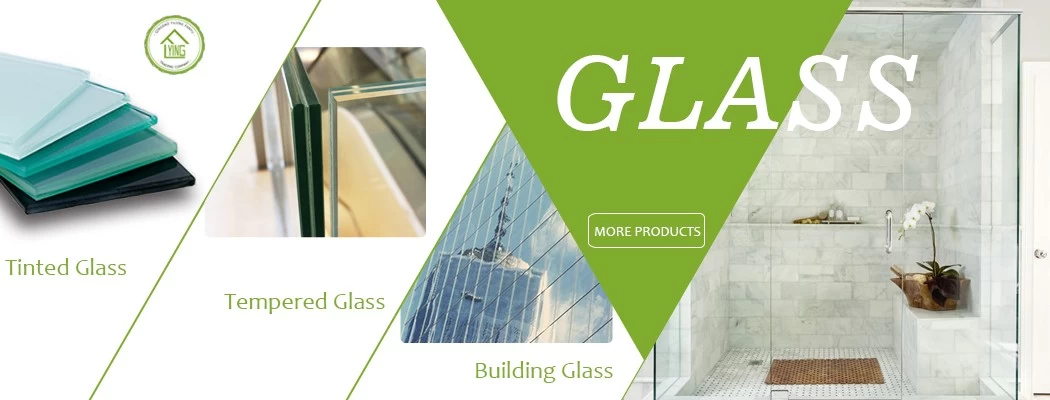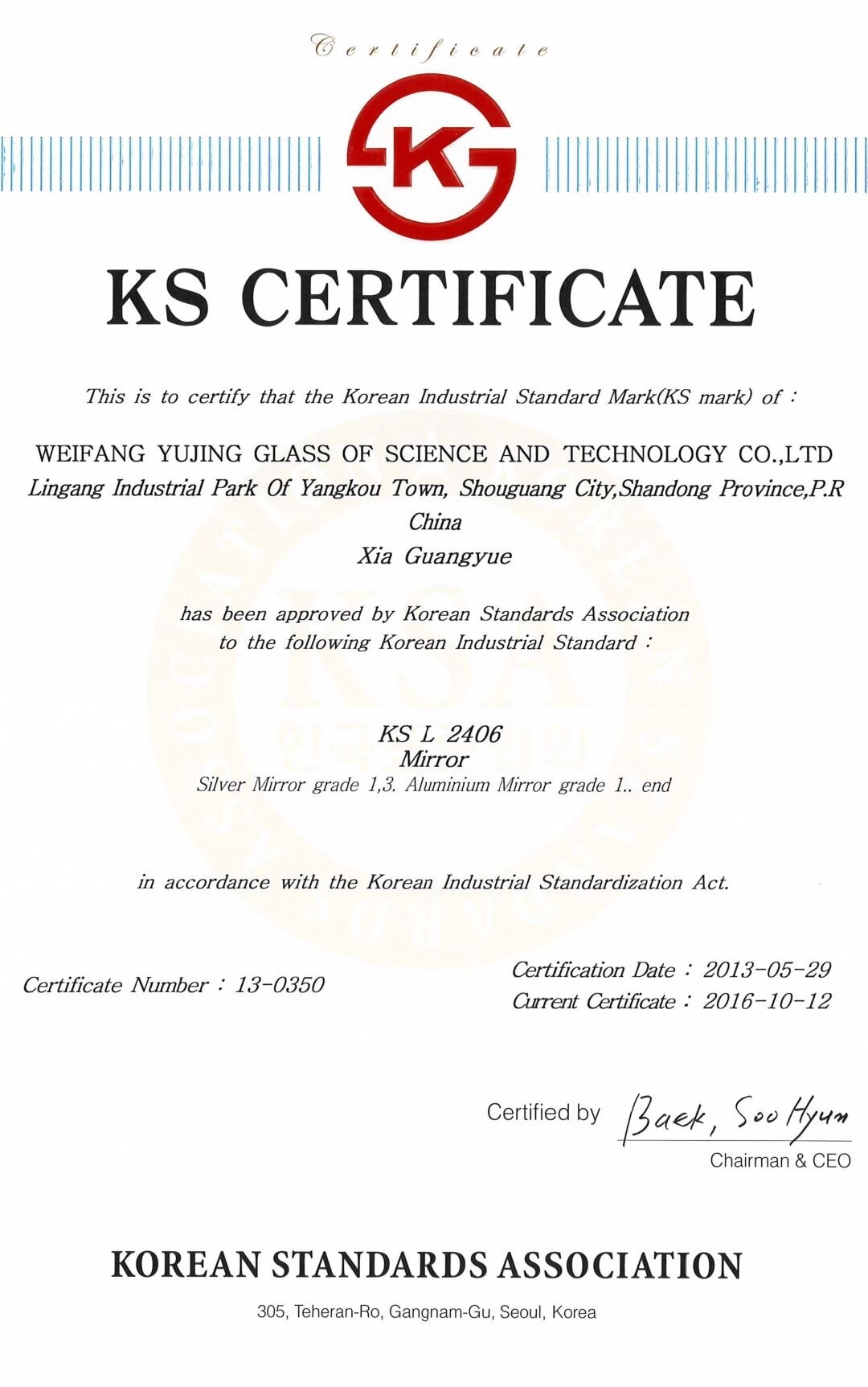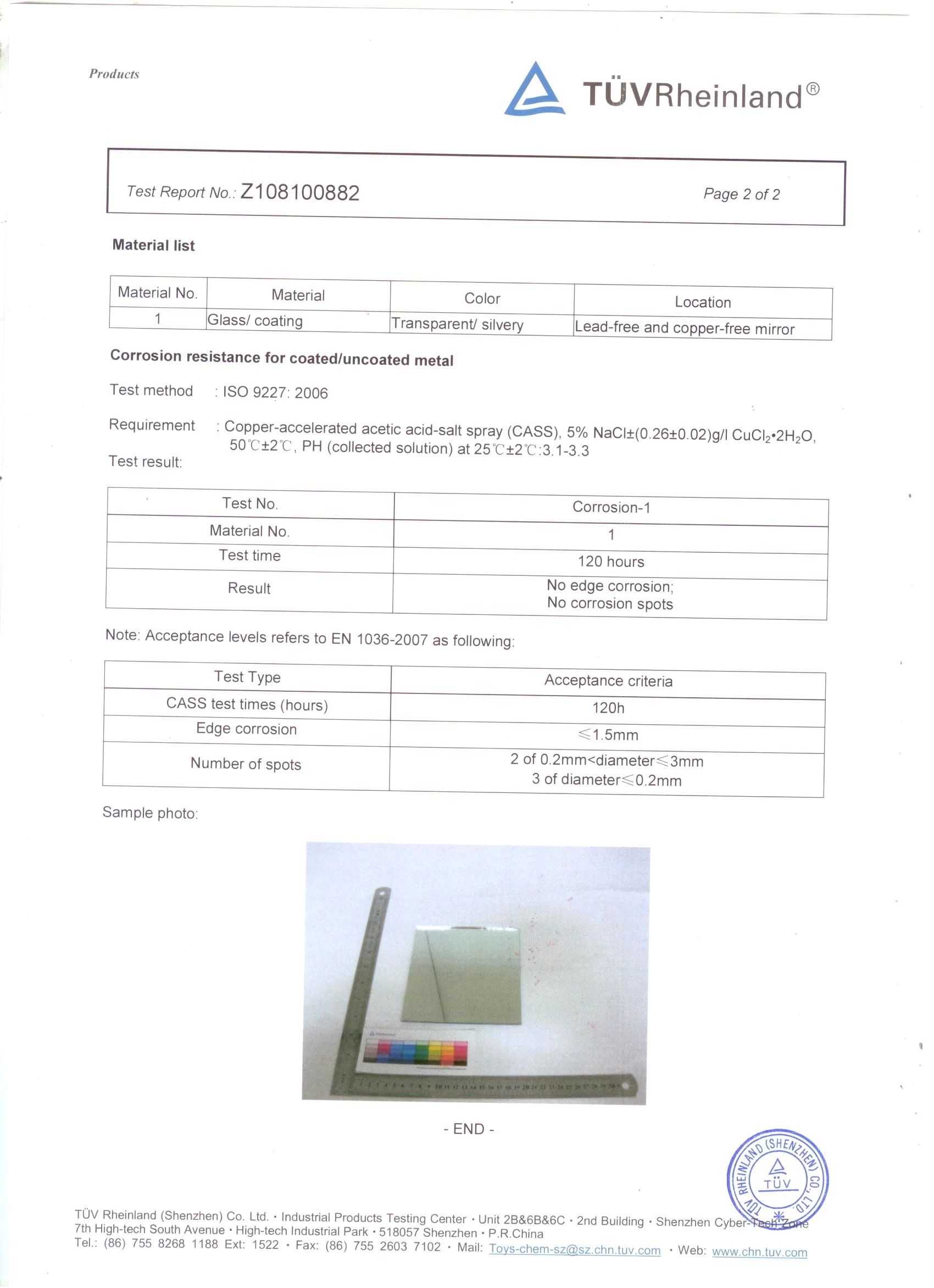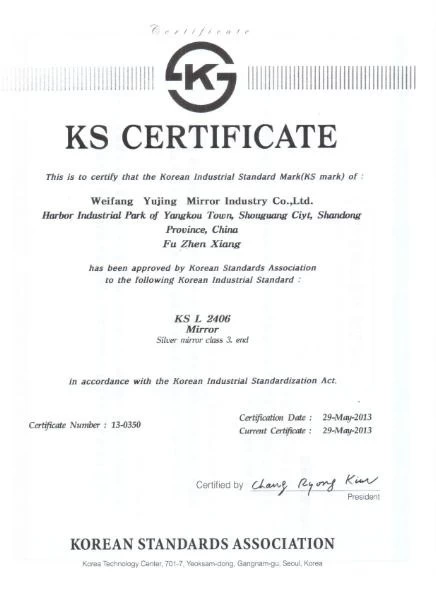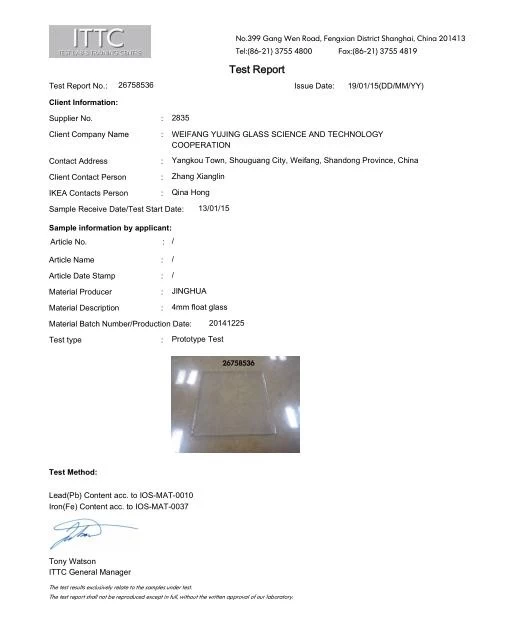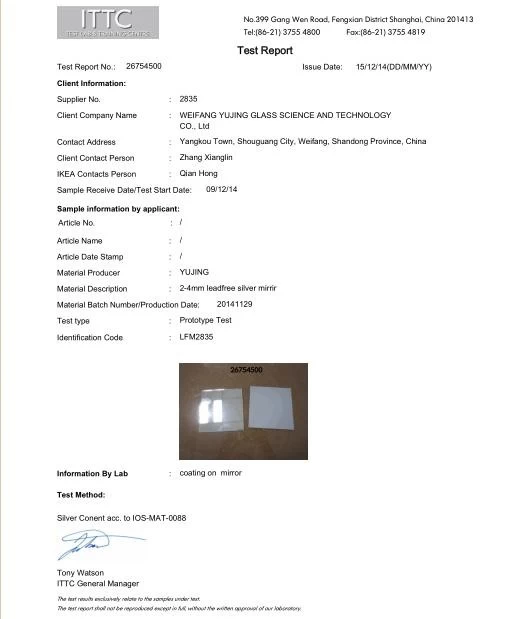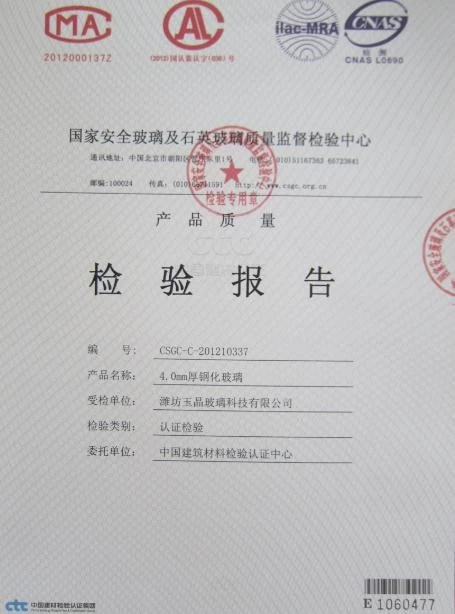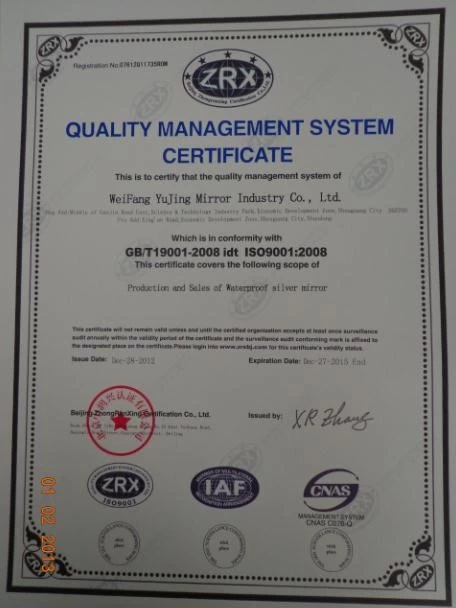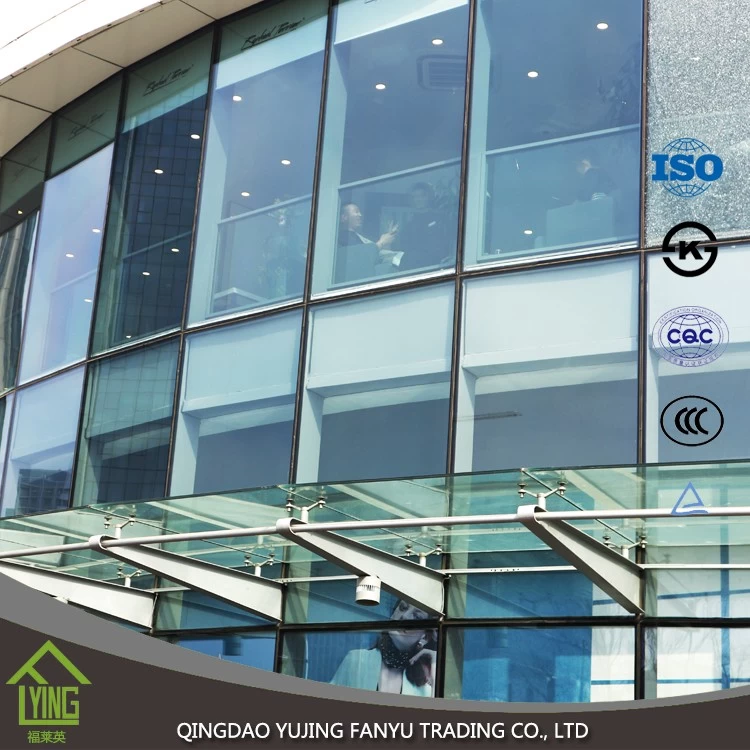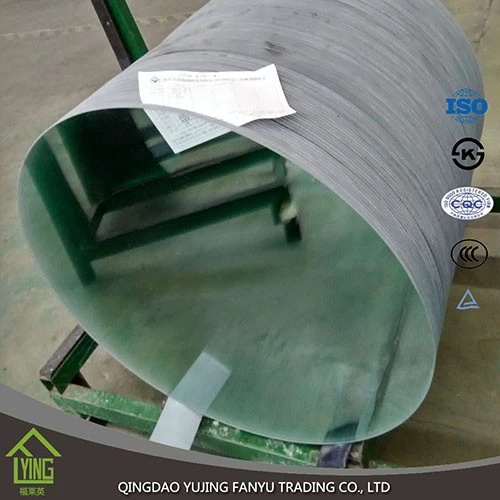The cause of glass mildew
Fanyumaoyi
Chinamirrormanufacturer. com
2017-07-21 11:58:13
| Glass Mildew is a problem in the storage and transportation process, the moldy glass surface will lose luster, loss of transparency, showing rainbow, white spots or patches (not easy to separate). Glass mold usually occurs in the air surface of float glass (above), because float glass under the surface of contact with tin liquid, the surface penetrates a thin layer of tin, the glass has a protective effect. Second, glass mildew can be divided into the following phases: 1. Initially, water or moisture is adsorbed on the glass surface. 2. Then the water or moisture diffuses into the glass. 3. Soluble silicate in the surface layer is hydrolyzed and destroyed. First, sodium silicate and potassium silicate are hydrolyzed and destroyed. The formation of Caustic soda (NaOH) and separation of SiO2. 4. The isolated SiO2 generates a silicone oxide gel that forms a protective film on the surface of the glass, which prevents further erosion. 5. Hydrolysis-formed caustic soda, which acts with carbon dioxide in the air to produce sodium carbonate, gathers on the glass surface and forms the soluble salts in the surface membrane. Because of its strong hygroscopicity, absorb moisture and hygroscopic, finally form lye droplets. The concentration of these droplets changes as the ambient temperature and humidity change. If the concentrated lye droplets and glass are in long-term contact, the gel-like silicon oxide film can be partially dissolved, causing serious local erosion of the surface of the glass to form spots. This is the white alkali ion group that the sodium ions migrate out of the glass body and react with the air. The white particle swarm can be observed by scanning electron microscopy. Third, mildew identification and inspection methods Visual appearance method is the most concise and feasible method. In the concentrated light, the specimen is placed in reflected light and transmitted light to observe the surface of the glass without spots and mist. The spots and mist are not rubbed off with cloth or water. The appearance of the above-mentioned glass indicates that the specimen has been moldy. If a concentrated light is observed, a small number of spots and mist-like objects are slightly moldy to the naked eye. If a concentrated light, the naked eye observed a lot of spots and light mist is medium mold. If the light is not concentrated, the naked eye observes that some spots and aerosols are seriously moldy. Mildew can also be observed in natural light by spray wetting. IV. Mildew Prevention On the one hand, the surface characteristics of the glass itself, but also with the float glass packaging before the adoption of mildew treatment measures, packaging sealing degree, storage and transportation conditions are closely related. When the float glass is formed and annealed, the packing is generally taken on line, and the temperature of the glass is about 50~100℃. The packaged glass must be stored and transported to the user after a long time. If you encounter high temperature, high humidity season, storage and transportation is improper, the box glass will appear moldy. Mildew appears on the air surface of float glass because the tin surface of the glass (bottom surface) is due to ①②③④⑤⑥⑦⑧ The mechanism of glass defects, the original piece packaging Moldy Process P45 At room temperature or slightly higher than room temperature, the fresh glass surface will absorb water and grease from the surroundings, and the form of OH base of adsorption water is combined with si4+ to influence the structure of glass surface. Since Oh ions can form hydrogen chains and absorb other substances, the surface of a clean glass can be hydrophilic by water, ethanol or sulfuric acid, only to become hydrophobic by attaching other substances. Glass surface has the following characteristics: ① in the annealing process, alkali ions to the surface of the glass movement, ② surface easily with O2, SO2, $literal and HCL reaction; ③ surface strength is low, easy to produce Griffith crack, ④ on the surface of the glass is easy for ion exchange; ⑤ on the surface of the glass state Sio2 can be hydrolyzed, so that Si key fracture, ⑥ surface components easily evaporate and decompose, ⑦ surface easy to crystallization, ⑧ surface with temperature and so on. Surface defects of Glass: ① glass surface with micropore or voids Mainly due to the formation of volatile surface composition, due to alkali volatilization, on the surface of the formation of the location, SEM scanning observation, float glass on the surface than the lower surface (tin surface) has more convex and concave. The porous glass surface makes the glass easy to exchange the ions of the surface, and makes the surface easily react with O2, SO2, $literal and HCL. The upper surface of the float glass is easy to mold, easy to surface coloring and so on. There are cracks on the surface of the ② glass: These cracks are not mechanical damage, but are related to internal structure: low surface strength, easy to produce Griffith crack. ③ the mold during storage and transportation: Silicate Glass The phenomenon of glass mildew mainly occurs in the storage or transportation process after packaging, which is related to packaging, storage and transportation. Packaging can be in the hot state, cold state packaging packing has paper or mildew powder, etc., ① are usually stored in well ventilated warehouses; ② is not allowed to put the glass box directly on the damp ground in the warehouse; ③ is not allowed to store glass outdoors and in direct sunlight. 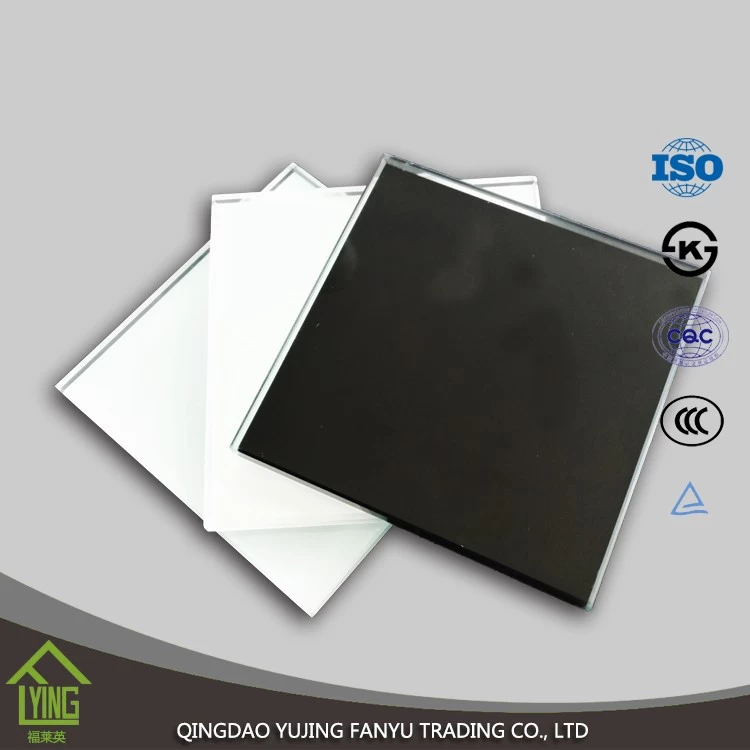 |


